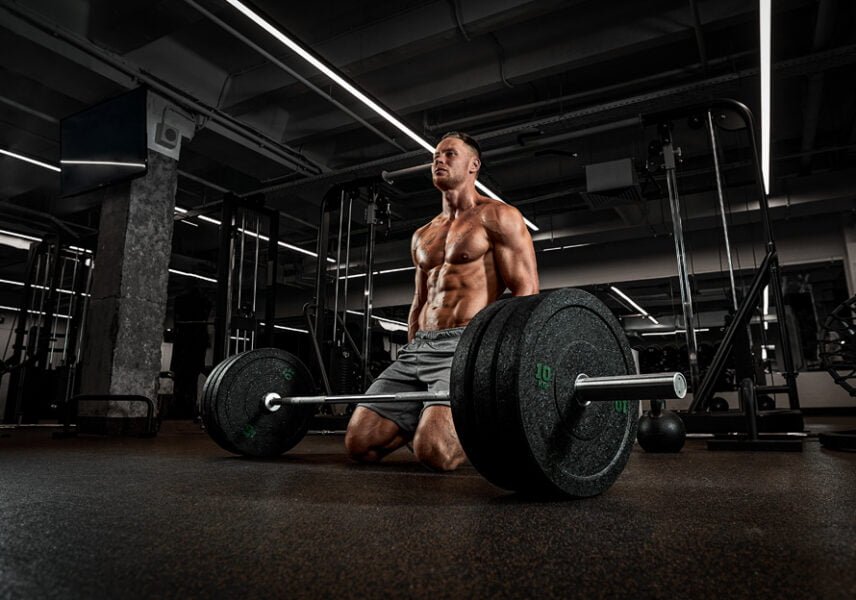Who are hardgainers and what strategies and diet, can they follow to increase muscle mass?
To determine what diet a hardgainer should do and what path he can take to increase his muscle mass, we must first define who is really a hardgainer. Hardgainer is obviously someone who can’t increase his muscle mass even if he trains a lot and thinks he’s eating just as much. Depending on the fashions, various somatotypes, physiognomies or genetic types have been discussed; the most common is the category “ectomorphs”. In general we can say that a hardgainer is defined by long levers, a scarce muscular belly or volume, a conformation with shoulders and hips that draw a “rectangle” and, of course, a low weight/height ratio.
Who is not a hardgainer
The most common experiences in the gym are two: not being able to put muscle mass as expected; increasing volume (in a bulky way) even where we do not want to, ie gaining weight at some points. Belly for men, hips for women. But within this fall fall:
- Genetic conformations or different bodies;
- Different levels of training and attention in the diet;
Among the former there are those who can really have trouble growing, the latter (we will talk about it below) should pay more attention to their path or not expect results after a few weeks.
Those who have areas of fat that remain even after prolonged periods of low-calorie dieting are what is called a skinny-fat, a false thinner, and among them not all are truly hardgainers. For many it is the fear of emphasizing “misshapen” areas, in short, “flab,” that pushes toward a caloric regimen that is never above normal (and thus bound to limit muscle growth even with good training).
Let’s get a nutritionist to follow us.
Rather than relying on information gathered here and there on the internet, it is the nutritionist who can give us more precise parameters to understand our conformation. A low weight-to-height ratio but a high fat index may indicate that we belong to a category closer to the last described, rather than to the ectomorph-hardgainer type. BMI, bioimpedience and all the tools in the hands of doctors and biological nutritionists, allow to have a more realistic representation of our tissues and not based on impressions or worse personal misperceptions. Subjected to increasingly artificial models proposed by the internet and television it is common not to know how to see oneself for what one is or worse in conditions of form different from those we really have.
On what principles a hardgainer can base its diet to increase muscle mass
Having been proven to belong to the category of those who have difficulty increasing their muscle mass, it is good to think about eating more, or better to increase the daily calories. The advice seems to be given by captain-obvious, but aims to encourage a systematic calorie count to figure out if we are really eating enough. A 68 kg by one meter male who works out 3 times a week in the gym or alternating with cardio exercises (or any endurance sport), cannot expect an increase in his body mass by eating between 2200 and 2600 calories a day. You will need to gradually reach at least 3000 Kcal per day to achieve this result.
However, if you start with a high percentage of fat despite a low body weight for your height, then you will need to try to define before you start to increase calories. A slightly low-calorie diet (1800-2000 Kcal per day for the described subject) can help us to get rid of skinny-fat stubborn adipose (we will talk about it in another article) and then start back towards the mass. An increase in training sessions or an increase in intensity may play a role; rebalance the diet in favour of “clean” proteins, from chicken breast to concentrated milk proteins (high in protein and free from fat), amino acids pto keep as much muscle as possible at this stage.
Only then can you plan the growth phase, with a high-calorie diet.
What balance should follow
Normally those who want to put mass immediately think of the increase in protein, maybe the consumption of huge steaks and a thousand eggs. But it’s the caloric quota that we have to think about to get a result. From the point of view of macronutrients will be balanced in favor of carbohydrates and fats
- Carbohydrates at least 40%
- Fats 30-35%
- Proteins 25%
If you are among those who have difficulty eating a lot, you can once again resort to supplements such as mass gainer, the already mentioned milk proteins and other liquid calories. In general, we will move in the direction of less food, but with a high energy value. Rice is more energetic than pasta and potatoes, but the former tends to satiate very quickly, the pasta less (potatoes more indicated when you want to lose weight). The assessments are so many, it is important not to overdo it with Junk Food, or you will lose track of the macronutrients and the path you want to keep.
Other examples for high-energy or high-calorie foods
- Breakfast: Oats, crispy bacon;
- Olive oil to season cereals (pasta and rice) for lunch and dinner;
- Dried fruit at every snack, full of “good” fats and proteins;
- Salmon or other fatty or oily fish at dinner
Transformation in three weeks
Whether you are pure hardgainer or individuals who have more fat than lean mass, forget the magic transformations. The photo sequences of subjects transfigured in a few weeks from “revolutionary” training plans or “secret” diets are lies. A true hardgainer needs time and a lot of consistency to get results. Even years. Those who really achieve results in a few months have:
- A long history of constant training and results already achieved;
- Excellent genetics (rare);
- It uses doping. (the most common condition)
Other aids to grow your muscles
We have already talked about this, they are certainly the creatine supplements to promote muscle growth in combination with exercises with overload. The increase in strength is associated with an increase in nucleotides within the muscle, in other words, a muscle full of fibres.
 25/02/22
25/02/22 5
5




